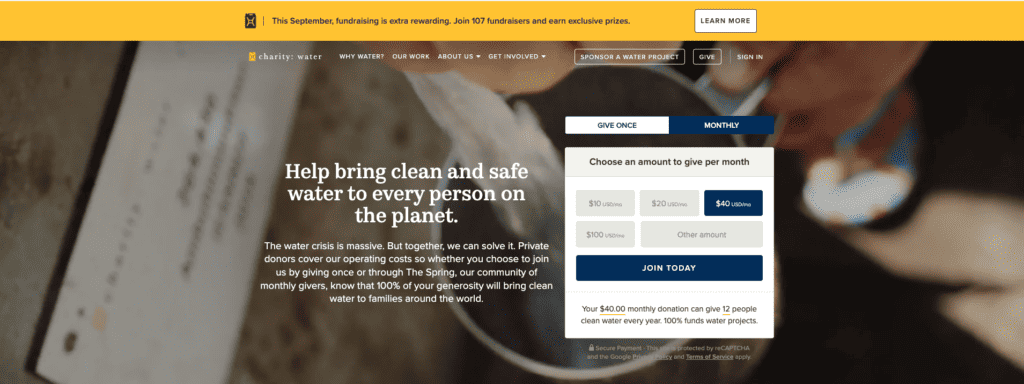How to Leverage Social Media Algorithms for Nonprofit Success: A Guide for the Modern Nonprofit Leader
Introduction
Navigating the ever-changing world of social media algorithms can seem like a daunting task for nonprofit leaders who just want to spread their message and garner support. However, understanding how these algorithms work is crucial for leveraging social platforms effectively, organically growing your audience, and ultimately advancing your cause. The good news? With some smart strategies centered around the algorithms themselves, you can significantly expand your reach without pouring money into ads. This guide will provide actionable tips to help savvy nonprofit leaders make the most of social media algorithms.
The Nuts and Bolts of Social Media Algorithms
Certainly, here’s a revised version of the flagged section to make it more engaging and relatable:
Decoding the Social Media Algorithm Maze
Think of social media algorithms as the invisible puppet masters pulling the strings behind your feed. Platforms like Facebook, Instagram, and Twitter have their own set of rules and complex algorithms.
Why should you care? Because understanding these social media algorithms can be your secret weapon. It’s like knowing the recipe to grandma’s famous cookies; once you get it, you can recreate the magic yourself.
Here’s the deal: these algorithms look at what you’ve liked, shared, and even who you’ve messaged to show you content that they think you’ll find interesting. So, if you get the hang of what the algorithm likes, you can make your posts more visible to your audience.
In a nutshell, it’s all about engagement, timing, and relevance. Get these right, and you’ll not only make the algorithm happy but also keep your followers engaged.
Tactics to Leverage Algorithms Like The Pros

Here are some proven, real-world examples of organizations creatively leveraging algorithms for greater impact:
- Piggyback On Trends: Charity: Water executed a wildly successful campaign called “The Spring” which harnessed the viral nature of social media through compelling storytelling told over the course of one week. A key strategy was timing daily video and image posts to hit users’ feeds when engagement was highest. Posting content that aligns with currently trending topics or hashtags further amplifies reach.
- Optimize With Hashtags: Following charity: water’s lead, the World Wildlife Fund frequently uses hashtags related to trending news stories, celebrities, and pop culture to expand the visibility of their conservation messaging beyond their existing audience. While also using branded hashtags like #SavethePlanet, pairing these with widely used trending tags earns more eyeballs.
- Schedule Strategically: Nonprofits like The Humane Society use social media management tools like Hootsuite to schedule social posts, which allows them to easily analyze the best times and days to reach their target demographics. Scheduling content for peak times when followers are most active improves visibility in the feed algorithm.
- Promote UGC: Salvation Army leverages user-generated content (UGC) by re-sharing and featuring submissions from followers who share their own experiences and stories. This engages audiences and serves as organic, authentic community building that algorithms favor over branded material alone.
The Takeaway: Create An Algorithm-Driven Content Calendar
The biggest practical takeaway from all of this is that nonprofits should develop data-informed social media content calendars optimized around timing, trends, and audience research. While day-to-day posting can be spontaneous, anchoring your efforts to a pre-planned calendar engineered specifically for your audience and their patterns will allow you to play to the algorithms for maximum impact. Maintain flexibility to jump on emerging trends and happenings, but rely on the calendar to keep you focused.
Conclusion
While social media algorithms are complex and always evolving, keeping their basic functions and best practices in mind positions nonprofits for social media success. Small organizations can level the playing field and expand reach by getting savvy with algorithms. With the proper use of timing, trends, engagement strategies, and tools, nonprofit leaders can amplify their messages and gain support more efficiently and effectively than ever. Understanding how to make these algorithms work for you, rather than against you, can be the key to unlocking a treasure trove of free promotion and reach.
It may seem overwhelming, but you already have what it takes to start seeing real results.
Get started now!

